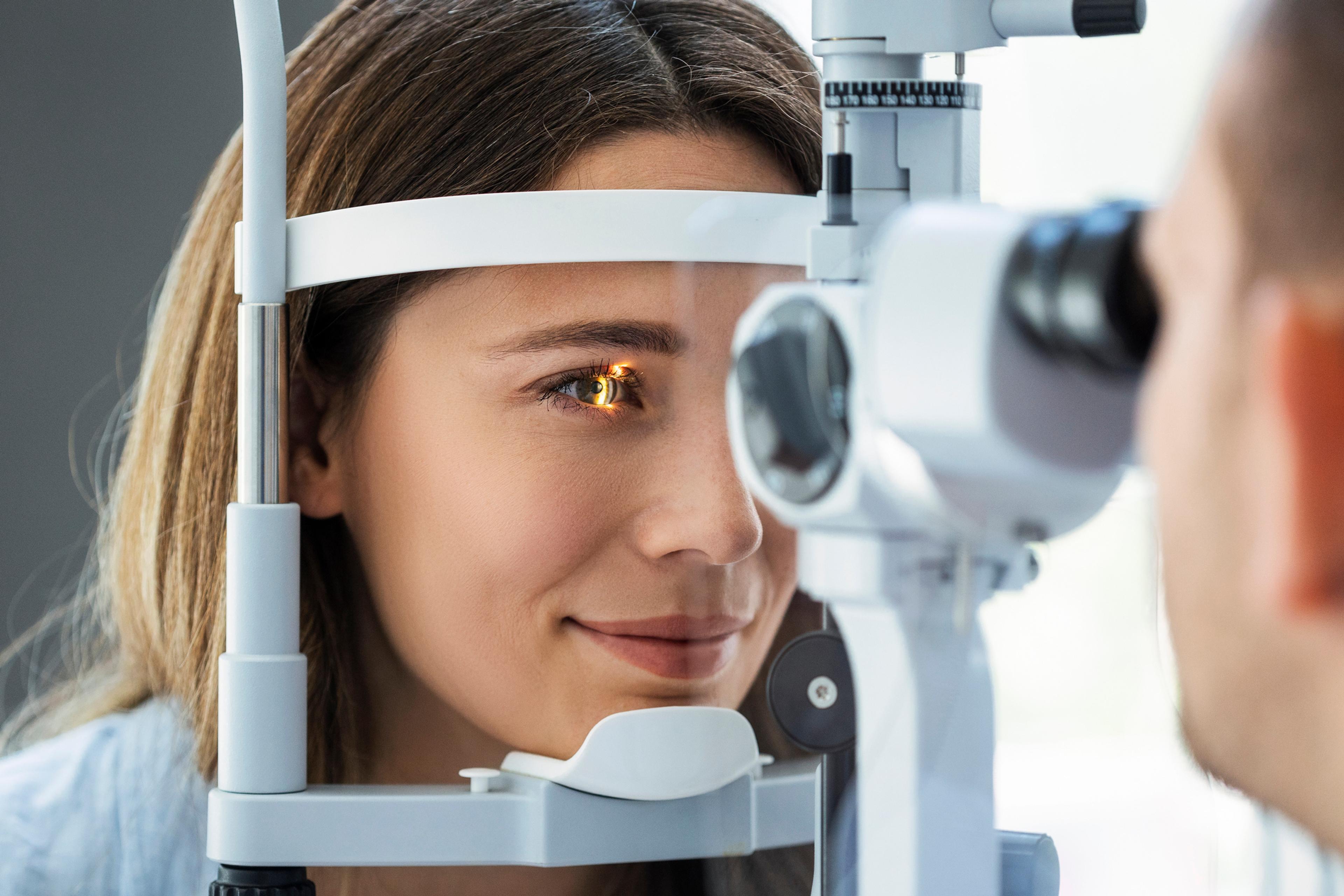Gum Disease Doesn’t Stop at the Mouth: The Connection Between Oral Health and Overall Health

Blues Perspectives
| 3 min read

Almost half of all U.S. adults over the age of 30 have some form of periodontal disease– a progressive condition caused by bacteria. If not treated, it can lead to pain, bad breath, difficulty eating, decay, and tooth loss.
You may know periodontal disease as gum disease, but it is much more than that. This chronic inflammatory disease begins as an infection, giving small signs like gum redness and swelling. In some instances, such as with smokers, the signs may not appear initially. As the infection gets worse, it causes the loss of the tissues and bones that support the tooth in the jaw; eventually leading to the tooth becoming loose and falling out.
But periodontal disease does not stop at the mouth.
Without diagnosis and ongoing treatment by your dentist, periodontal disease can affect other systems in the body. It is the most reported oral condition linked to chronic systemic diseases.
As the bacteria from the infected gums continue to grow unchecked by the body’s defense system and/or untreated by your dentist it can enter the bloodstream. Bacteria enters the body through deep pockets around the teeth or are swallowed. Then the body may begin to experience ongoing systematic inflammation.
Specialty Benefits partnered with The Center for Health and Research Transformation (CHRT) at the University of Michigan and research identified these mouth-body connections:
- Diabetes: The research concluded that the diagnosis of severe periodontitis is associated with an increased risk of 19% to 33% of developing diabetes, as compared to those with no periodontal disease. Also, periodontal disease can increase the risk for Type I and Type II diabetes complications. The untreated bacteria can lead to elevated blood sugar and hemoglobin A1c levels.
- Heart disease: Individuals with periodontal disease are around two times more likely to experience a cardiovascular event (such as a heart attack or stroke).
- Pregnancy: Pregnant women with periodontal disease are at risk for pre-eclampsia, pre-term labor, or a low-birthweight delivery.
- Cancer: Periodontitis has been strongly linked with head and neck, gastrointestinal, prostate and lung cancers while new evidence is emerging on breast and uterine cancers. The connection between all these groups is that oral bacteria have been present and positively linked with tumor growth.
- Alzheimer’s: Researchers are finding strong associations between oral health and Alzheimer’s disease. There is evidence that there is a strong two-way connection between oral bacteria detected in the brain and Alzheimer’s disease. There is a 1.7 times increased risk of developing Alzheimer’s disease after living with chronic periodontitis for 10 years.
Signs of periodontal disease
These are the most common signs of periodontal disease, according to the American Dental Association:
Here are some warning signs that can signal a problem:
- Gums that bleed easily
- Red, swollen, tender gums
- Gums that have pulled away from the teeth
- Persistent bad breath or bad taste
- Permanent teeth that are loose or separating
- Any change in the way your teeth fit together when you bite
- Any change in the fit of partial dentures
Some factors increase the risk of developing gum disease. They are:
- Poor oral hygiene
- Smoking or chewing tobacco
- Genetics
- Crooked teeth that are hard to keep clean.
- Pregnancy
- Diabetes
- Medications, including steroids, certain types of anti-epilepsy drugs, cancer therapy drugs, some calcium channel blockers and birth control.
Preventing gum disease
The good news is that periodontal disease can be prevented. It all starts with regular comprehensive exams by your dentist, cleanings with your hygienist, and proper daily brushing and flossing.





